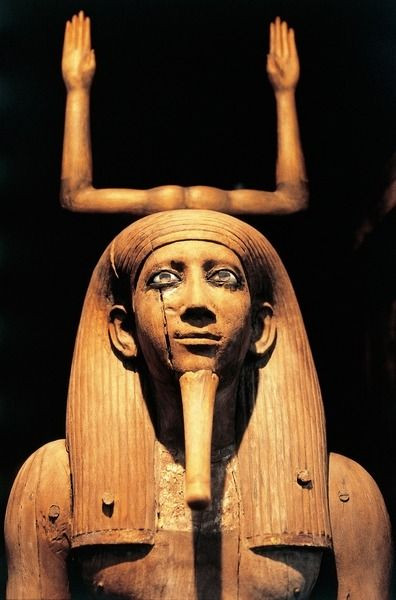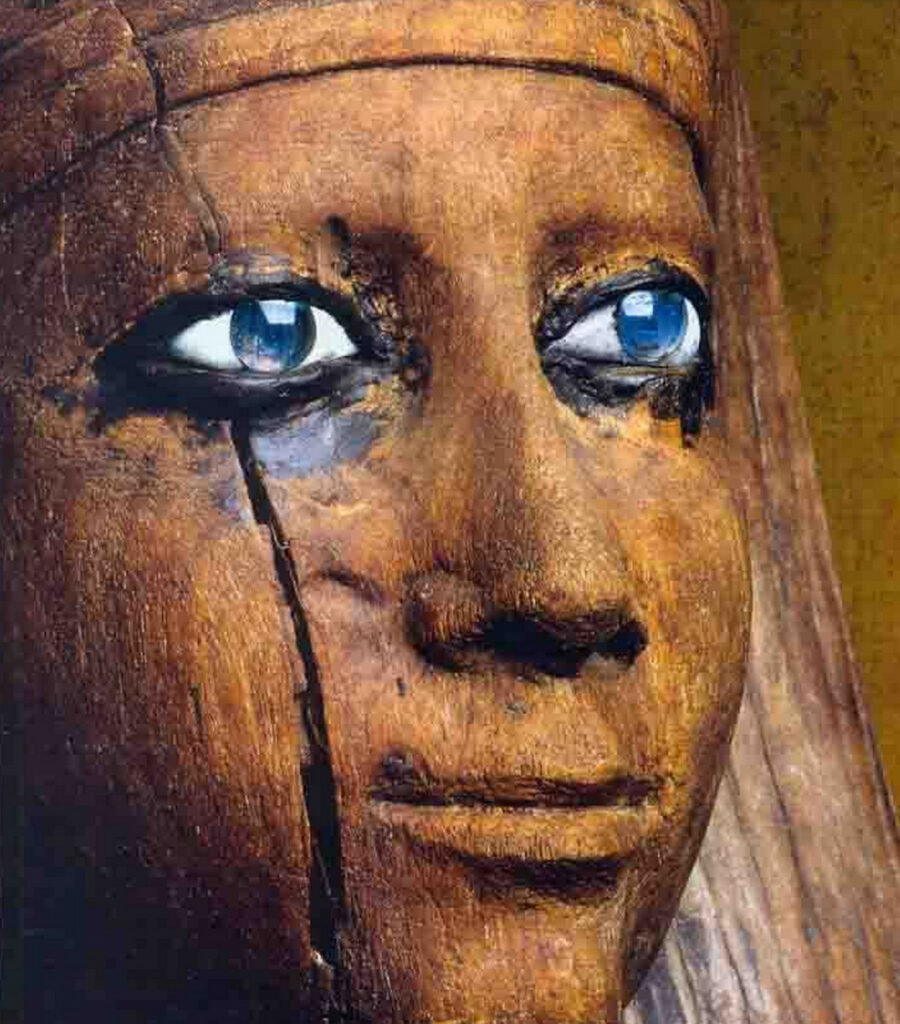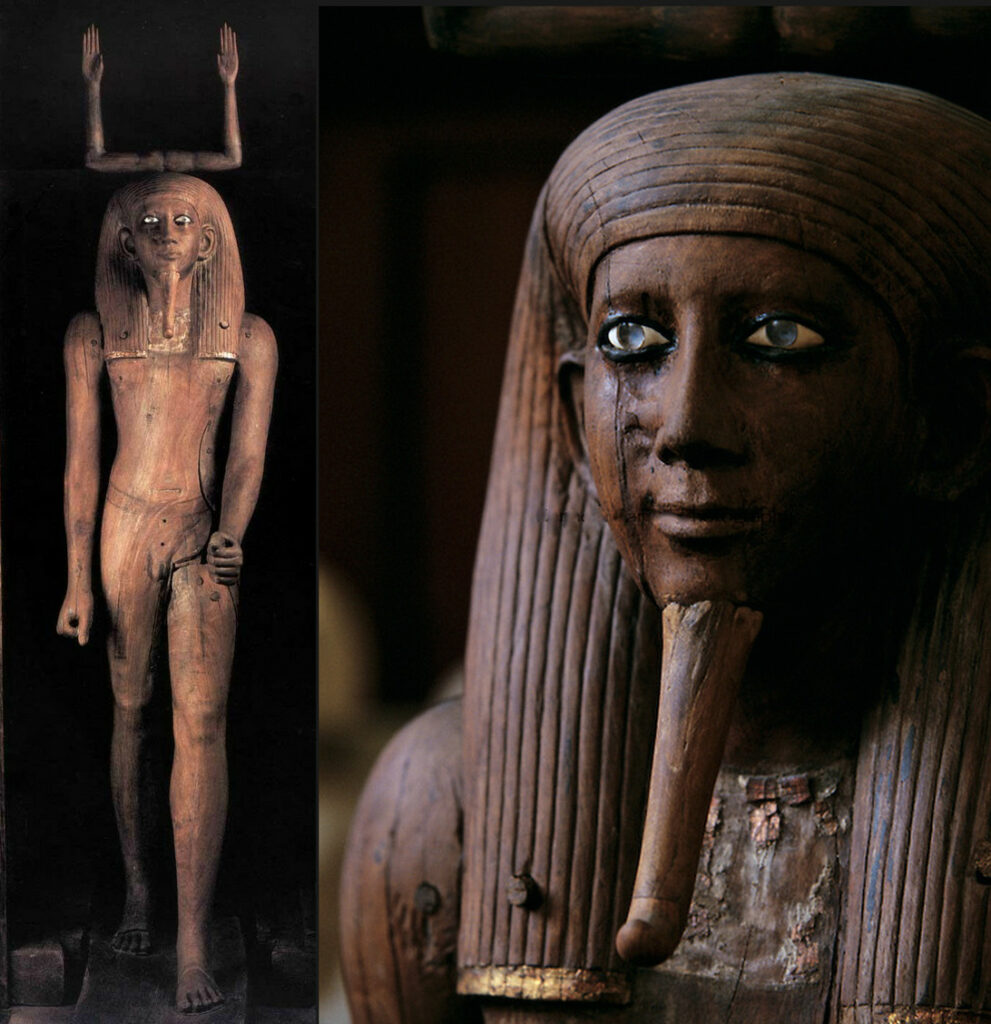The Discovery of King Hor I’s Ka Statue
In 1894, a significant archaeological finding took place at the Pyramid Complex of Amenemhat III in Dahshur, Egypt. Led by archaeologist Jacques de Morgan, a team of excavators uncovered a stunning wooden Ka statue within the tomb of King Hor Awibre, also known as Hor I. This exquisite artifact, complete with rock-crystal quartz eyes, has remarkably survived through the ages.

Understanding the Ka Statue
The Role of the Ka
In ancient Egyptian culture, the concept of the Ka was vital. It represented a person’s guardian spirit, essential for the survival of their essence after death. To ensure this spiritual continuity, a person’s Ka needed to be preserved within a statue. These statues, often crafted from wood or stone and painted to resemble their owners, were designed to create a lasting connection between the living and the deceased, helping to preserve their memory for eternity.

Exceptional Craftsmanship
The Ka statue of King Hor I showcases the incredible skill of ancient Egyptian artisans. Standing at 135 cm tall (or 170 cm including its base and Ka sign), this wooden figure is exceptionally preserved. The statue depicts the king wearing a three-part long wig that leaves his ears exposed, complemented by a long, curved divine beard. Traces on the wood indicate that it was likely adorned with a belt and kilt, enhancing its royal appearance.

The Ritual and Placement
The Mortuary Chapel
Ka statues were typically placed in specially designed mortuary chapels or niches, often embellished with inscriptions. The statue of King Hor I was discovered within an accompanying naos, or shrine, which had once been partly covered in gold foil and featured hieroglyphics that bore the king’s names.

A Symbol of Eternal Connection
The Ka statue embodies ancient Egyptian beliefs about what constituted a person: the physical body, name, ba (soul), and šwt (shadow). Among these elements, the Ka—representing life-force—was deemed the most significant. This statue is a representation of King Hor as his Ka, ensuring that he would exist eternally.
Now displayed in the Egyptian Museum in Cairo, this remarkable Ka statue offers a glimpse into the rich cultural and spiritual beliefs of ancient Egypt. It serves as a poignant reminder of the enduring legacy of this fascinating civilization.


